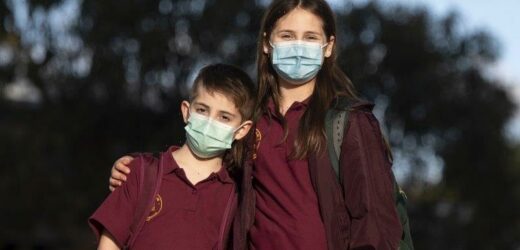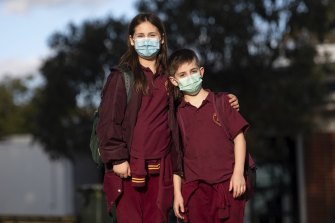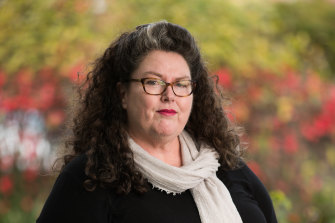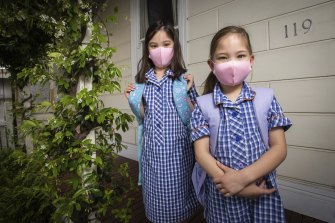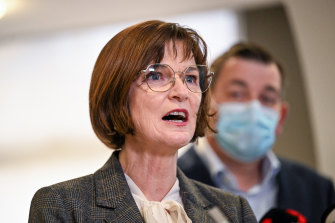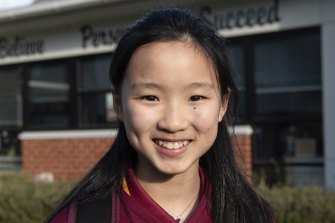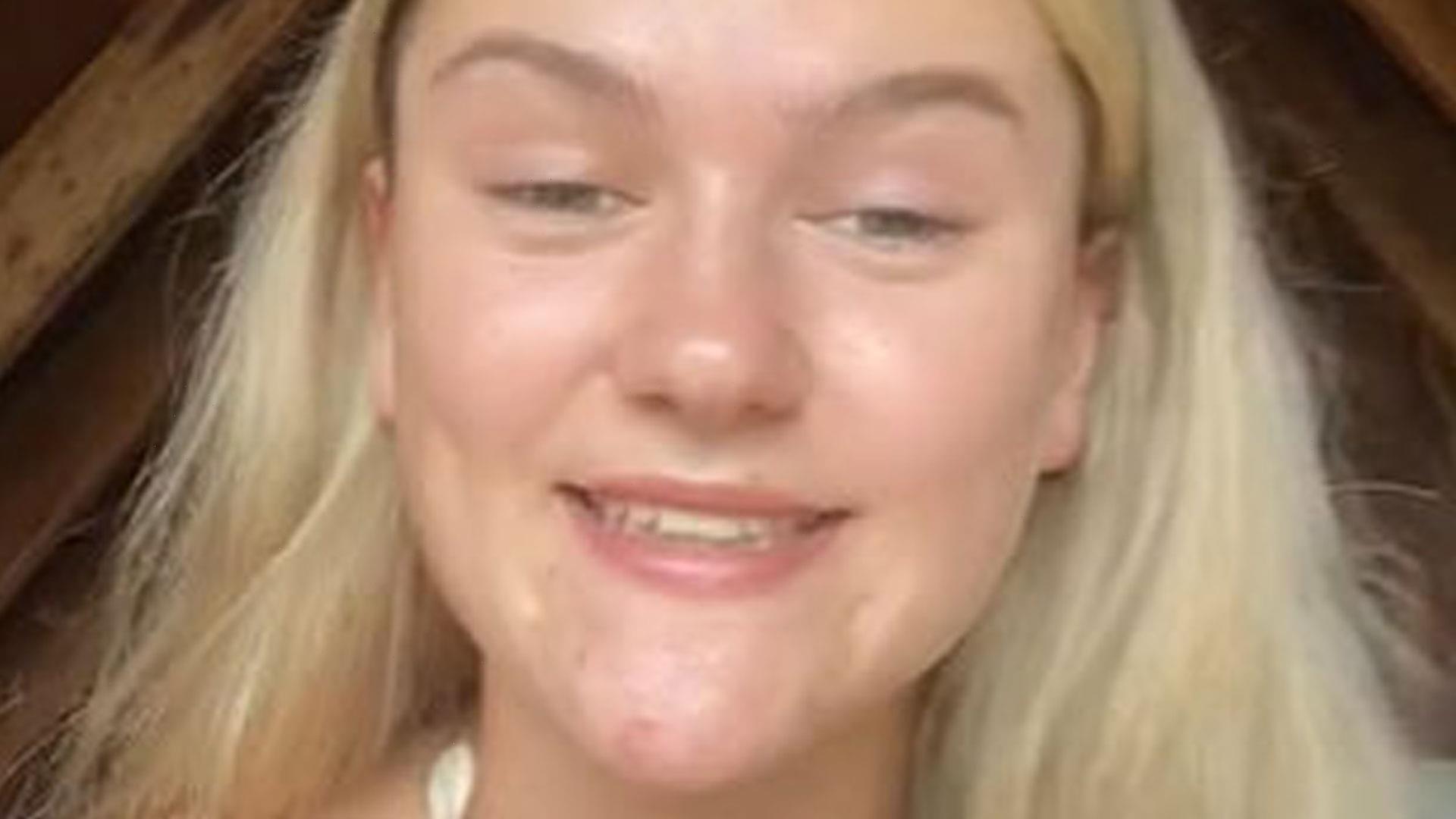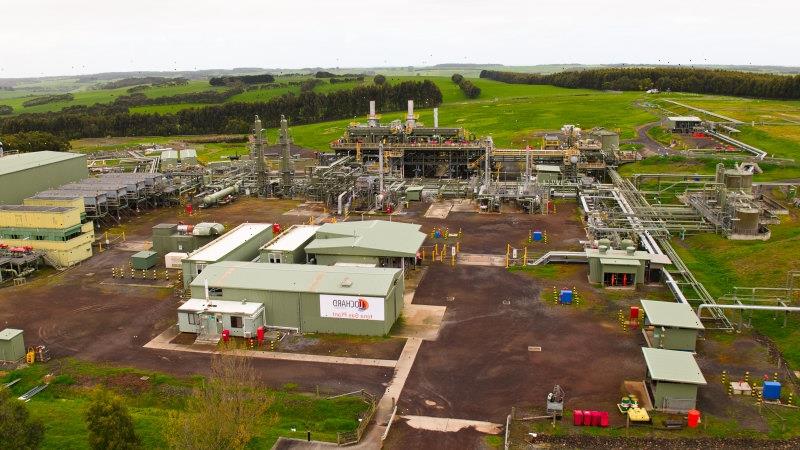The renewed plea for students to voluntarily mask up in class has been driven by a sharp rise in COVID-19 cases among schoolchildren, but some principals, health experts and parents are sceptical, saying the benefits do not outweigh the harm to children’s learning.
The start of term 3 last week has triggered a steep rise in the number of Victorian schoolchildren catching COVID-19: 1642 students reported a positive result on Monday, a 67 per cent increase on the 892 children who reported a new infection on Monday last week.
Blackburn Primary School students Alice, nine, and her brother Ben, six, are happy to mask up at school.Credit:Penny Stephens
The 67 per cent jump is much bigger than the 15 per cent rise in new cases in the general population over the seven days to Monday.
The heads of Victoria’s three school sectors – from the Department of Education and Training, Catholic Education Commission of Victoria and Independent Schools Victoria – co-signed a letter to parents and carers on Monday evening “asking all students aged eight and over and all staff in all schools across Victoria to wear masks when in class … from now to the end of winter”.
The operations guide for government schools, which is also relied on by most Catholic and independent schools, used firmer language, stating it is “the department’s expectation” that students and teachers wear masks.
But it stopped short of issuing a mandate, saying schools were not required to sanction those who did not comply.
The communique was endorsed by acting Chief Health Officer Professor Ben Cowie, but ministers in the Andrews government insisted the new recommendation had come from the school sector, not the government, and did not signal a change in its approach to managing the latest wave of infections.
“Nothing has changed,” Deputy Premier Jacinta Allan said. “The information that is going out to schools today is entirely consistent with the advice that was released last week by the health minister to the broader Victorian community, which had that very strong recommendation to wear masks indoors.”
Cowie previously recommended the return of mask directions for early childhood and school settings, and for workers in retail and some hospitality settings, but Health Minister Mary-Anne Thomas rejected the request.
National Chief Medical Officer Professor Paul Kelly on Tuesday urged everyone to wear masks indoors to slow the spread of the coronavirus and relieve the pressure on hospitals.
Catherine Bennett from Deakin University says the mask intervention should be grounded in quality research.Credit:Jason South
But one experienced primary school principal said the Victorian recommendation amounted to “a feel-good, kumbaya message that doesn’t carry any gravitas”.
“In terms of changing people’s behaviour, I don’t think it is going to change anything,” Chatham Primary School principal Christopher Cotching said. “No one takes it seriously unless there are some sanctions applied.”
Exceptions to the request to wear a mask will be applied “where removing a mask is necessary for clear communication”, the letter to parents said.
Kevin Mackay, principal of Dandenong North Primary School, where more than 90 per cent of students are from non-English-speaking backgrounds, said masks had a significant impact on teaching and learning.
“Teaching children who are wearing masks is very difficult. Especially if they are from non-English-speaking backgrounds, it can be difficult to understand what they are saying,” he said. “I know that when teachers are teaching, if they are wearing masks, the kids are not learning as effectively.”
Mackay said he doubted the recommendation would drive a significant increase in mask-wearing at his school.
“I think that there is a fair degree of people [who] are worn out by the restrictions, even though we understand the seriousness of it.”
Epidemiologists also expressed doubt about the benefit of more mask-wearing among students.
Australian National University infectious diseases expert Professor Peter Collignon said the measure would deliver some protection from infection.
But he said the overall benefit would be small, given that when children became sick with COVID-19 they were at low risk of severe illness.
“It’s a fallacy that children are a major way that COVID spreads,” Collignon said.
Chair of epidemiology at Deakin University Catherine Bennett said the cost of mask-wearing to students’ learning would be significant and the intervention should be grounded in quality research.
Some experts say the marginal benefit of students wearing masks in class is not worth the cost.Credit:Paul Jeffers
“What evidence do they have to encourage schools to go this path? It might make a small difference, but is that small difference going to be worth the impact on kids’ education?” she said.
Cowie, the acting Chief Health Officer, said he endorsed the recommendation to students and teachers, which he believed could reduce hospitalisations by thousands if schools achieved high compliance.
“That would be associated with tens of thousands less COVID infections in the community, thousands of people less in hospital between July and September, and it would have a significant impact on the loss of life between July and September, even if that’s the only setting in which masks are worn,” he said.
Cowie said the public health team had strong evidence children were a significant source of transmission to their families. He said he could not overstate the importance of mask-wearing.
Many children who arrived at the gates of Essendon North Primary on Tuesday were already masked, although not all parents approved of the move.
Sunita Vij said her two grandchildren, aged 10 and eight, had been wearing them to school anyway. “Because it is more protection for them. All the time they are wearing them everywhere: to school, to taekwondo,” she said.
But parent Vinh Quach was unconvinced, fearing primary school-aged children would struggle to properly wear masks all day. “It’s too hard for them,” he said. “I know I’m struggling with masks in the office.”
Blackburn Primary School parent Rachel, who did not want her surname published, learnt about the changes on Monday night. She said her daughter Alice was happy to comply. The family was already wearing masks in crowded indoor spaces and other high-risk settings.
Victorian Health Minister Mary-Anne Thomas denies the updated recommendations are a change in government policy.Credit:Joe Armao
“I think she sees mask-wearing as a way to help protect her community and herself,” she said. “I have a grandfather who’s 98, so we want to make sure as well that none of us get sick and pass it on to him. So any small measure that can help is welcomed by us.”
Nine-year-old Alice said she wore a mask to keep others safe.
“Just to be careful. We really want to wear our masks in case we get elders sick because they [have a] very big risk [of catching] COVID. It’s difficult [to wear them throughout the day], but you can deal with them if it’s to protect your safety and your house.”
Blackburn Primary School student Mary-Jane Wu, 11, did not wear a mask to school on Monday, but said she felt fine about wearing one in class over winter, even though “it’s a bit annoying”.
Blackburn Primary student Mary-Jane Wu says masks are annoying but she is fine with wearing one in class.Credit:Penny Stephens
“For my whole life I’ve been not wearing a mask, and now these last few years I’ve been having to wear a mask,” she said. “But I’m fine with wearing a mask. It’s not that difficult.”
Blackburn Primary principal Andrew Cock said the mask recommendation was a positive message to help reduce the spread of colds, flu and COVID-19 in the wider community. Teachers would give children occasional “mask breaks” outside to make it easier on them, he said.
With Timna Jacks and Rachel Eddie
The Morning Edition newsletter is our guide to the day’s most important and interesting stories, analysis and insights. Sign up here.
Most Viewed in National
From our partners
Source: Read Full Article
